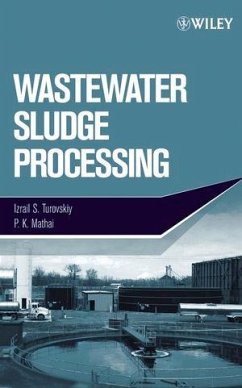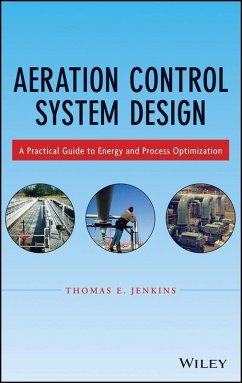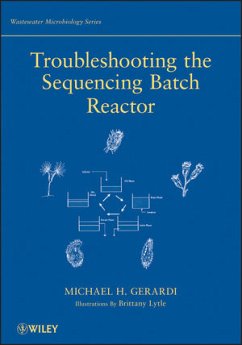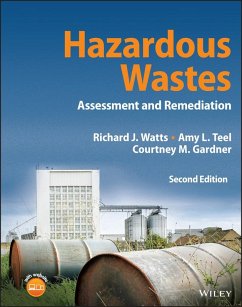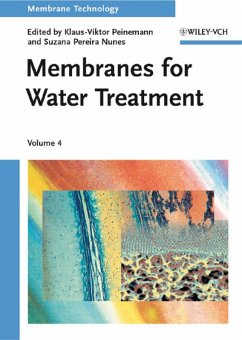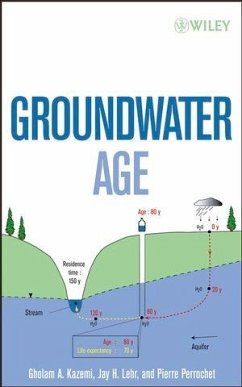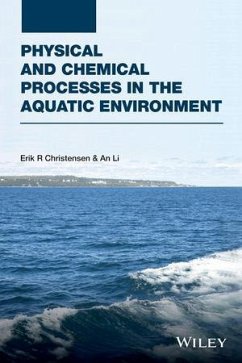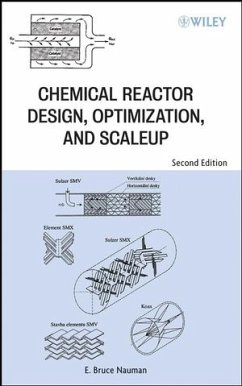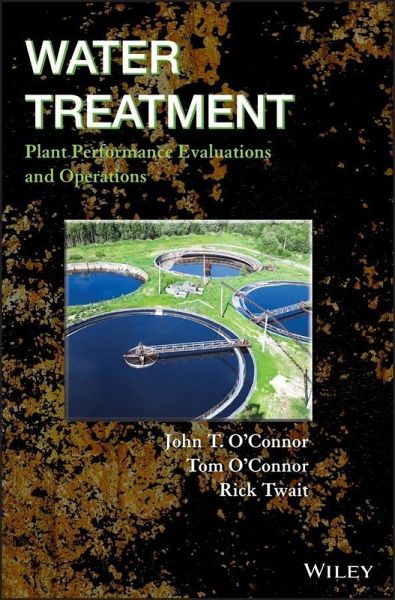
Water Treatment Plant Performance Evaluations and Operations (eBook, PDF)
Versandkostenfrei!
Sofort per Download lieferbar
112,99 €
inkl. MwSt.
Weitere Ausgaben:

PAYBACK Punkte
0 °P sammeln!
Water treatment is a growing field in North America, with seventy US states and localities and ten Canadian provinces requiring certification for water treatment plant operators. This book provides a step-by-step look at the most current water treatment technologies, balancing academic theory and professional practice. A compilation of studies conducted over the past decade at the Bloomington, Illinois Water Treatment Plant, it presents studies that are useful as templates for comparable long-term studies at other water utilities. This is an unparalleled gathering of techniques, processes, and...
Water treatment is a growing field in North America, with seventy US states and localities and ten Canadian provinces requiring certification for water treatment plant operators. This book provides a step-by-step look at the most current water treatment technologies, balancing academic theory and professional practice. A compilation of studies conducted over the past decade at the Bloomington, Illinois Water Treatment Plant, it presents studies that are useful as templates for comparable long-term studies at other water utilities. This is an unparalleled gathering of techniques, processes, and data, including test results for every potential taste and odor control method.
Dieser Download kann aus rechtlichen Gründen nur mit Rechnungsadresse in D ausgeliefert werden.




